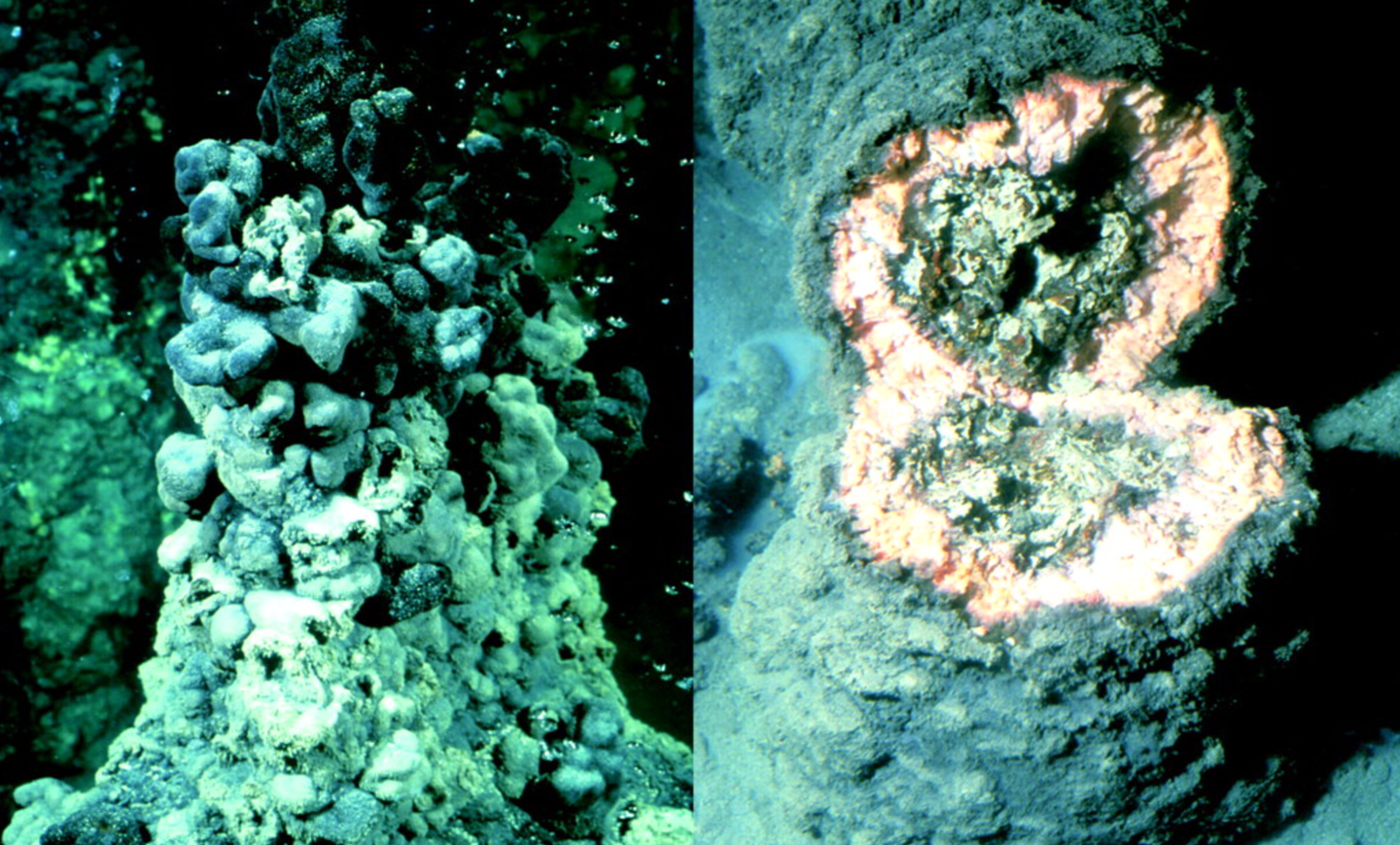Common cholesterol drugs could stop cancer growth
Cancer spreads fast and hits hard, especially when it reaches other organs. Once that happens, treatments become less effective, and survival rates drop. But recent research points to an unexpected…

Statins, used to lower cholesterol, may also help stop cancer from spreading. (CREDIT: CC BY-SA 4.0)
Cancer spreads fast and hits hard, especially when it reaches other organs. Once that happens, treatments become less effective, and survival rates drop. But recent research points to an unexpected ally in this fight: the common cholesterol-lowering drugs known as statins.
A hidden enemy in cancer’s spread
The biggest threat from cancer usually isn’t the tumor itself. It’s the metastases—the cancer cells that break away and spread through the body. These traveling cells leave the original tumor and move into blood vessels or lymph nodes. Once they reach new organs, they form fresh tumors, often before the original one has even been found.
Over a decade ago, a research team led by Professor Ulrike Stein at the Experimental and Clinical Research Center in Berlin discovered a gene that helps make this possible. It’s called MACC1, short for metastasis-associated in colon cancer 1. When cancer cells express this gene, they’re better at growing, spreading, and invading new tissues. Since then, MACC1 has been linked to over 20 types of solid tumors, including those in the liver, breast, and stomach.
Now, Stein and Dr. Robert Preißner from Charité – Universitätsmedizin Berlin have found something surprising: Statins can block this dangerous gene.
Finding a new use for old drugs
Statins are widely prescribed to reduce cholesterol and lower the risk of heart disease. But they may also hold the key to slowing or even preventing cancer spread. While screening drugs to find ones that stop MACC1, researchers hit upon statins. This wasn’t expected. Seven different statins were tested, including simvastatin, atorvastatin, and fluvastatin. All seven reduced MACC1 levels in tumor cells, though some worked better than others.
In experiments with mice genetically engineered to overexpress MACC1, statin treatment nearly wiped out tumor growth and the spread of cancer. Even when the dosage was lowered to levels similar to what humans take, the benefits remained strong.
“What is particularly remarkable is that the benefits continued in the animals even after we reduced the animal dose to a human equivalent dose,” Stein said.
Related Stories
From lab to real-life evidence
The findings didn’t stop with mice. Researchers expanded their study using real-world patient data. They examined health records from two centers: one in Berlin and the other at the University of Virginia. The data included 308,990 patients between 2008 and 2018. After filtering out incomplete records, the team analyzed 277,980 patients.
About 71% of these patients were taking simvastatin, while 19% were on atorvastatin. The rest took other statins like pravastatin, fluvastatin, rosuvastatin, or lovastatin.
The results showed a clear trend. People who took statins had lower cancer rates. The odds of developing cancer dropped by about 28% across the whole group. Survival odds also improved. Patients on statins had a 36% lower risk of death compared to those who didn’t take them.
The dose didn’t seem to matter much. Whether patients took a low dose or a high dose, the reduction in cancer risk stayed about the same.
Some statins stood out more than others. Atorvastatin had the strongest effect, cutting cancer risk by nearly 60%. Fluvastatin, pravastatin, and rosuvastatin also showed strong protective effects. Simvastatin had a smaller impact, and data on lovastatin was limited because fewer people took it.
Reducing confounding factors
One challenge with using real-world data is that many variables can affect the outcome. People taking statins might differ in age, gender, or other health conditions compared to those who don’t.
To handle this, the team matched statin users and non-users based on these characteristics using a method called propensity score matching. This careful statistical adjustment helped ensure that the differences in cancer rates weren’t due to unrelated factors.
Even after excluding medications like aspirin and furosemide, which can also affect cancer risk, statins still showed a strong protective effect. The cancer-preventive link remained, pointing to a real biological cause—likely MACC1 suppression.
“We discovered a real and statistically significant signal,” the researchers reported, “even after controlling for known confounders.”
Statins fight more than one cancer
The benefits of statins weren’t limited to one type of cancer. They worked across several cancer types, including colon, liver, and secondary tumors that show up after treatment.
The protective effect was especially strong in liver cancer, where the risk dropped by 65%. For colon cancer, the odds were reduced by 56%, closely aligning with earlier studies.
The researchers also accessed TriNetX, a large global platform for clinical data. This let them verify their findings with another 132,072 patients. The results matched what they had seen in their initial group of 53,000 cancer patients. This added weight to the idea that statins truly do prevent cancer, not just by chance or coincidence.
Blocking MACC1 at the source
To understand how statins stop cancer from spreading, the scientists zoomed in on the molecular level. In colon, pancreatic, and gastric cancer cells, statins lowered MACC1 expression. When MACC1 was blocked, cancer cells couldn’t grow or spread as well.
Simvastatin and atorvastatin stood out again. These two drugs had the strongest effect on reducing MACC1. Their ability to prevent cancer in patients lined up closely with how much they lowered MACC1 in lab tests.
When MACC1 was artificially reintroduced into cells, the cancer-fighting effect of statins weakened. This confirmed that the gene plays a direct role in cancer growth, and that blocking it is key.
In mice given statins at human-equivalent doses, tumors shrank, and fewer metastases formed. The statins worked best when MACC1 levels were high to begin with—suggesting that this gene could help doctors identify which patients might benefit most.
What this means for the future
Statins are already approved and widely used. That gives them a major advantage over new, untested drugs. If future trials confirm their ability to block cancer spread, statins could be quickly adopted as part of cancer care.
Still, experts urge caution. “We are still at the very beginning,” said Stein. “Cell lines and mice are not human beings, so we cannot directly transfer the results.” Clinical trials are now being planned to see if these findings hold true in cancer patients with high MACC1 levels.
Until then, people should not take statins solely to prevent cancer unless advised by a doctor. Statins can have side effects, and they aren’t right for everyone.
But the results are promising. For people already taking these medications to manage cholesterol, there might be a powerful bonus benefit: a lower chance of developing or dying from cancer.
Research findings are available online in the journal Clinical and Translational Medicine.
Note: The article above provided above by The Brighter Side of News.
Like these kind of feel good stories? Get The Brighter Side of News' newsletter.



